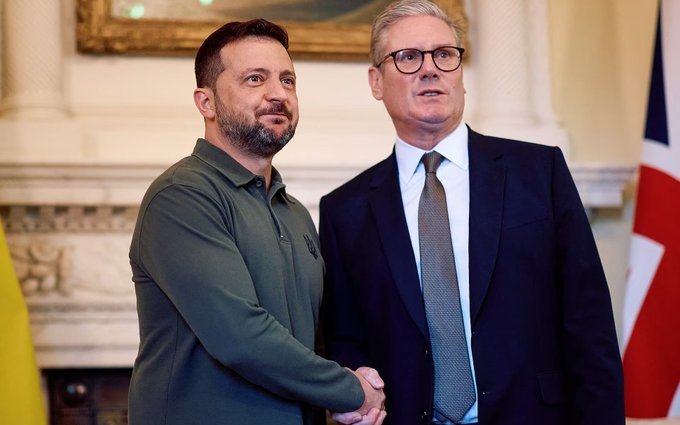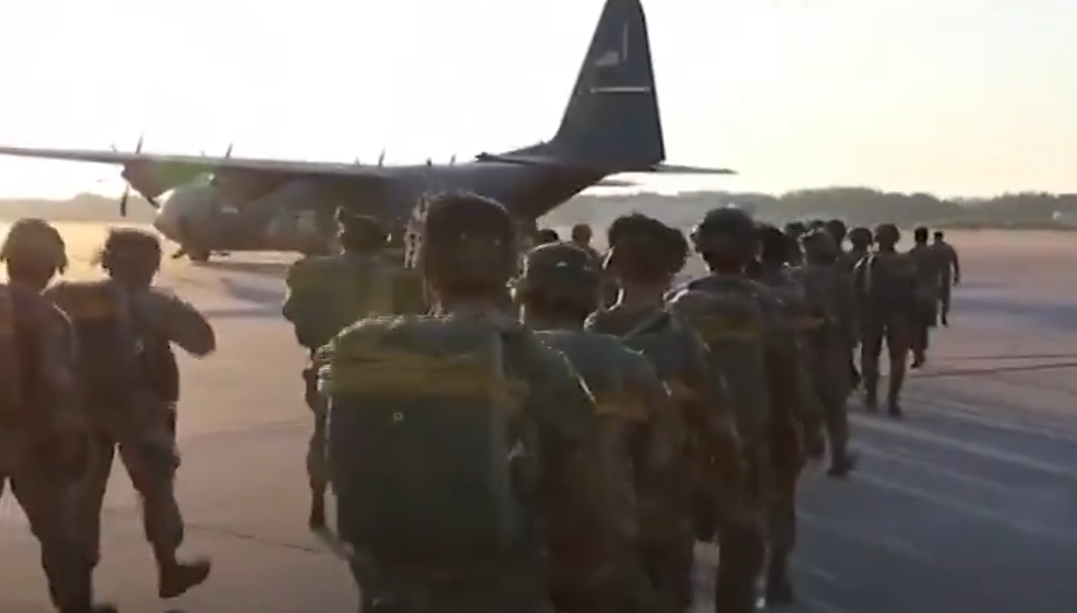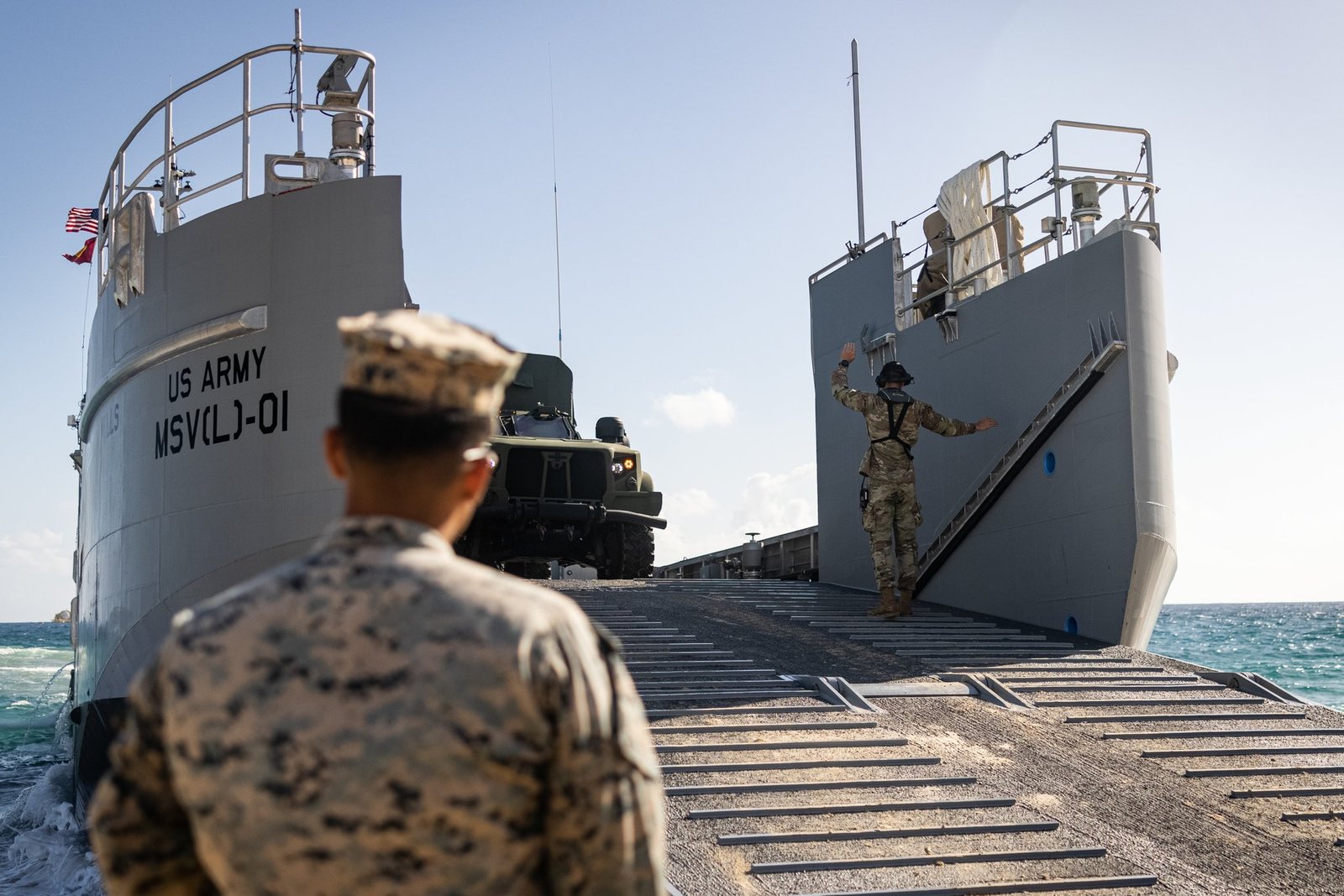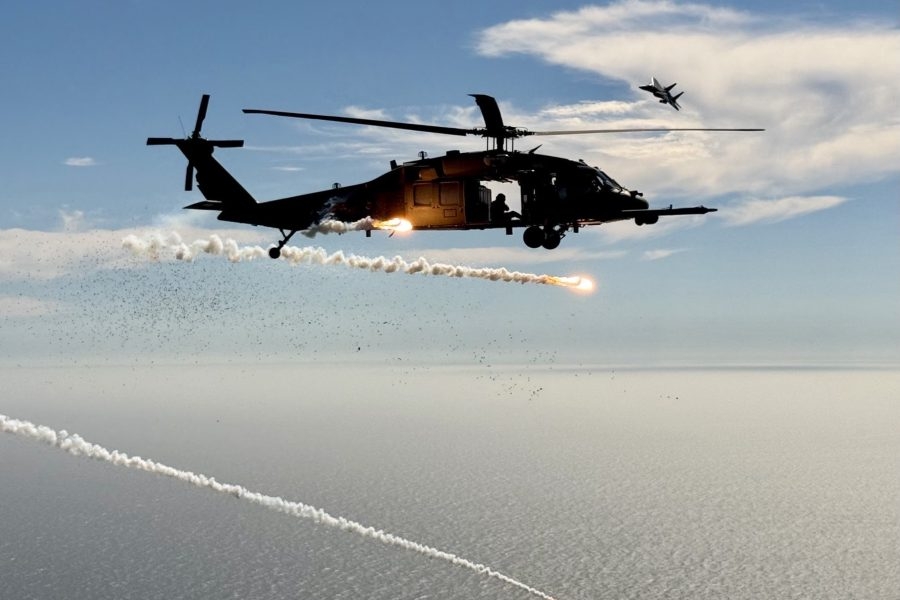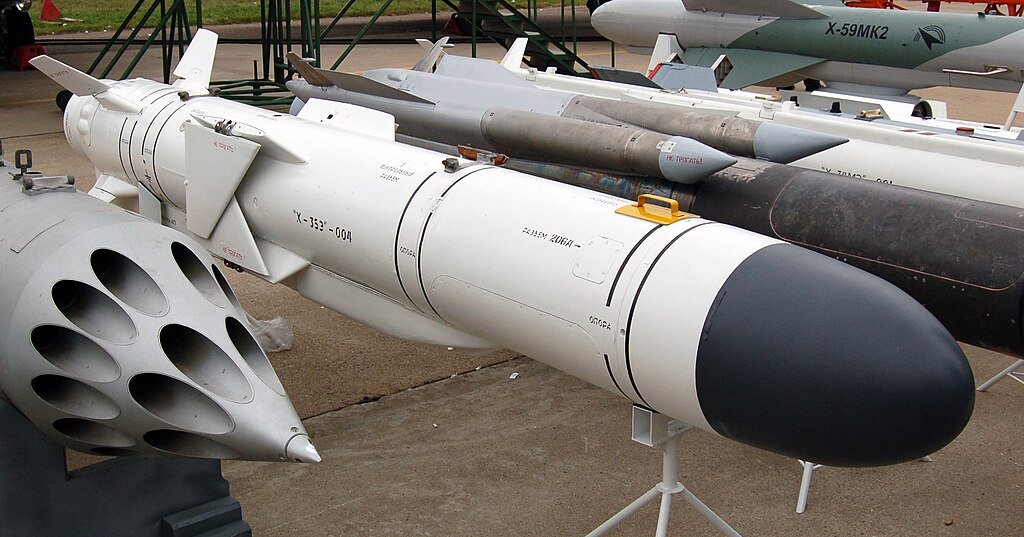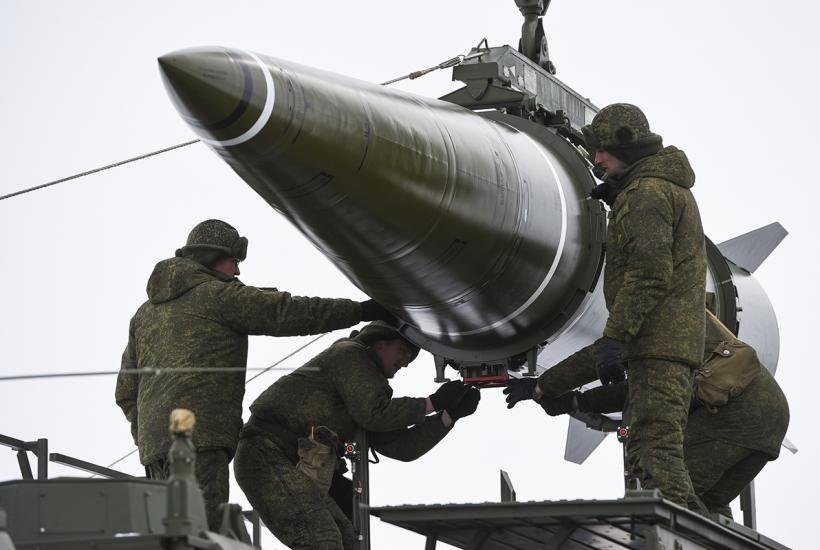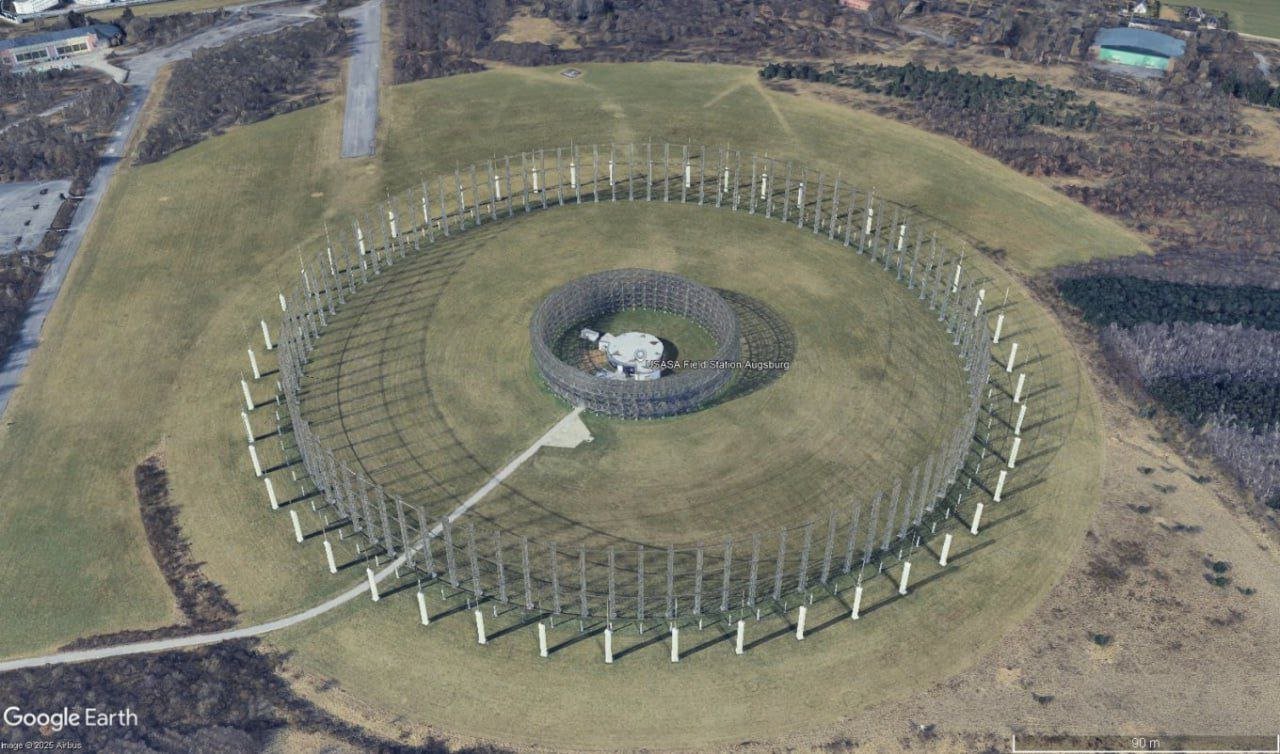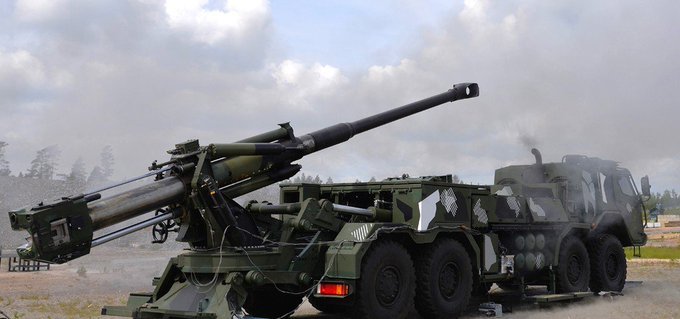
Finland’s New ARVE Wheeled Howitzer Threatens Russia’s “Karelian” Troops
the war in Ukraine has confirmed that well-coordinated and mobile artillery fire remains one of the most effective tools of warfare. Countries that until recently considered defense a secondary priority are now feverishly investing in capabilities that will allow them to respond to immediate threats. One of them is Finland – a new NATO member that shares a border with Russia of more than 1,300 kilometers.
The ARVE (sometimes referred to as the Patria ARVEl) is the latest addition to the category of 155 mm wheeled self-propelled howitzers, and in the case of the Finnish project, it is a major domestic innovation. Unlike tracked systems that have dominated the artillery field for decades, ARVE is based on the concept of high mobility, simple logistics and the ability to operate in difficult terrain, which Finland, with its lake and forest geography, offers. The system is based on the proven Patria 8×8 wheeled chassis, known from the CAVS (Common Armoured Vehicle System) program, which was developed in cooperation with other Nordic countries.
This chassis ensures not only high cross-country ability, but also lower operating costs and logistical compatibility with other vehicles of the Finnish army. It is equipped with a fully rotating turret with a 155 mm main caliber, standard within NATO. The weapon system has manual loading, which allows for technical simplicity. The maximum range when using modern ammunition exceeds 40 km, while ARVE is also intended to support the use of precision-guided missiles (e.g. M982 Excalibur), thereby gaining the ability to destroy high-value targets even deep in enemy territory.). The ARVE is not just a “mobile gun”, but a comprehensive firepower for network-led combat. This combination of classic performance, high mobility and digital readiness makes the ARVE an exceptional system not only in the context of Finnish needs, but also within the European category of wheeled howitzers, which has so far been dominated by foreign designs such as CAESAR, Zuzana 2 or Archer. Finland is thus entering the league of countries capable of independently developing and eventually exporting an advanced artillery weapon.
Tactical advantages and innovations
The Finnish environment also requires a weapon that can operate in difficult terrain – in forests, on unpaved roads and in adverse climatic conditions. The Patria 8×8 chassis is designed for these conditions and allows the ARVE to move quickly even in places where tracked vehicles would waste time or require heavier logistical support. The ARVE is therefore not a weapon that is intended to wage positional warfare. On the contrary – it is a highly mobile and intelligent system, designed to strike accurately, quickly and disappear before the enemy can even take a breath. And it is this ability that makes the new Finnish howitzer a threat that Russian troops deployed on the northwestern flank cannot ignore.
Finnish fire support doctrine – what is changing?
The introduction of the ARVE howitzer is not only a technological leap, but also a reflection of a fundamental transformation of Finnish military doctrine. Finland has long been betting on a defense concept of “total defense”, which combines a professional army with extensive reserves and a well-prepared civilian sector. Traditionally, the Finnish artillery force relied on a combination of towed and tracked howitzers – mainly older Soviet and Swedish types. However, these are losing relevance in the current environment, both in terms of mobility and survivability in the conditions of modern warfare. In this context, the ARVE represents a completely new generation of fire support that meets the requirements of the current battlefield. This changes the Finnish military’s approach to artillery deployment: from relatively static support in the rear to an active, mobile component capable of responding in real time.
This is especially important in the geography that Finland shares – extensive forests, wetlands, rugged terrain and a sparse network of roads favor fast, independent and well-camouflaged units. At the same time, the ARVE increases Finland’s ability to participate in joint NATO operations. Thanks to the standardized 155 mm caliber, Finnish howitzers will be able to be seamlessly integrated into allied forces in the future – whether within the framework of the defense of the Nordic area or in the case of a collective response mission. The ARVE howitzer can thus become not only the main artillery weapon of the Finnish armed forces, but also a model for other Nordic countries facing similar threats: mobile units operating in difficult terrain, the need for rapid response and the pressure to lower operating costs. The potential for joint development, exchange of experience and harmonization of armaments is thus significantly increased. Finnish doctrine thus enters a new phase: not waiting for the enemy to attack, but being ready to respond immediately and with a precision that will make it impossible for the enemy to take further action. ARVE is the embodiment of this philosophy – and as such is changing the rules of the game on the northern flank of Europe.
Potential adversary: Russian forces in Karelia
While Finland is innovating its defense strategy and introducing systems like ARVE, on the other side of the border is the Northern Military District, which includes forces deployed in the Karelia region – a historically and geopolitically sensitive area that was the scene of fierce fighting between Finland and the Soviet Union in the past. Currently, the forces operating there are mainly light mechanized groups, mixed-arms brigades, artillery, air defense and units equipped with older types of self-propelled howitzers, such as the 2S19 Msta-S or 2S5 Giacint-S. These systems, while still powerful, suffer from a number of limitations: they are heavy, slower to move, and above all, dependent on well-organized logistics and longer preparation time for firing. In an environment where minutes are decisive between target identification and strike, ARVE could become a weapon that can paralyze Russian forces before they can even respond. Its ability to hit command posts, ammunition depots, communication nodes or anti-battery defenses at a distance of over 40 kilometers represents a fundamental change in dynamics.
In addition, ARVE is expected to cooperate with drones for reconnaissance and fire correction, thereby gaining superiority in the field of detection and targeting. Russian troops in the Karelian area are numerous, but less flexible and less prepared to conduct modern fire warfare in an environment with low visibility, poor access for heavy equipment and a high need for decentralized command. In the event of an open conflict, ARVE could play a key role in paralyzing the Russian entry area – that is, paralyzing or disorganizing Russian forces before they come into direct contact with Finnish defenses. This corresponds to the new Finnish doctrine, which expects a hard blow at the very beginning of the attack, instead of passively waiting. From the perspective of the Russian command, the emergence of ARVE represents not just a new weapon, but a new way of warfare that is difficult to predict, difficult to target, and potentially very destructive – especially in the specific environment of the Northwestern Front.


Max Bach

